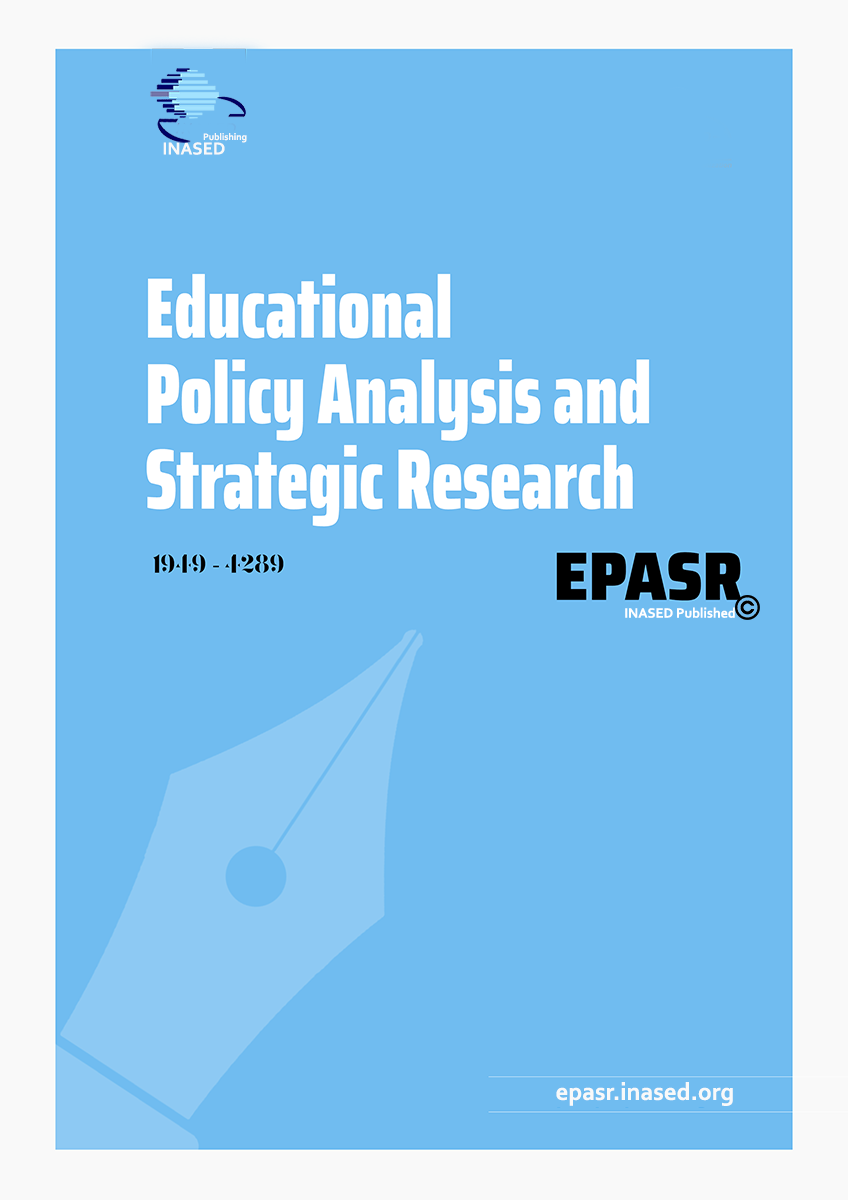Original article | Educational Policy Analysis and Strategic Research 2012, Vol. 7(1) 39-51
What does the literatüre teli us about Children with Mathematical Difficulties and Teachers’ Attitudes or Instruction Practices?
Esin Acar
pp. 39 - 51 | Manu. Number: epasr.2012.003
Published online: January 01, 2012 | Number of Views: 245 | Number of Download: 833
Abstract
Understanding of what is children’s deficiency about learning mathematics and their negative feelings about themselves in math classrooms may enable us an essential knowledge for comprehending the failure mathematics in elementary school classrooms. This article presents the studies about the children with learning difficulties in mathematics and the relationship between cognitive development and mathematical disability. Also, some studies are about teachers’ tasks and behaviors in elementary school mathematics classroom and the teacher’s existing or expected role on teaching to children with low-level learning capacity. The review includes an overview of relevant basic researches and theories through clear implications for pedagogy, a discussion of relevant practical research, an examination of some general issues and concerns having important implications in the area.
Keywords: -
| How to Cite this Article? |
|---|
|
APA 6th edition Harvard Chicago 16th edition |


